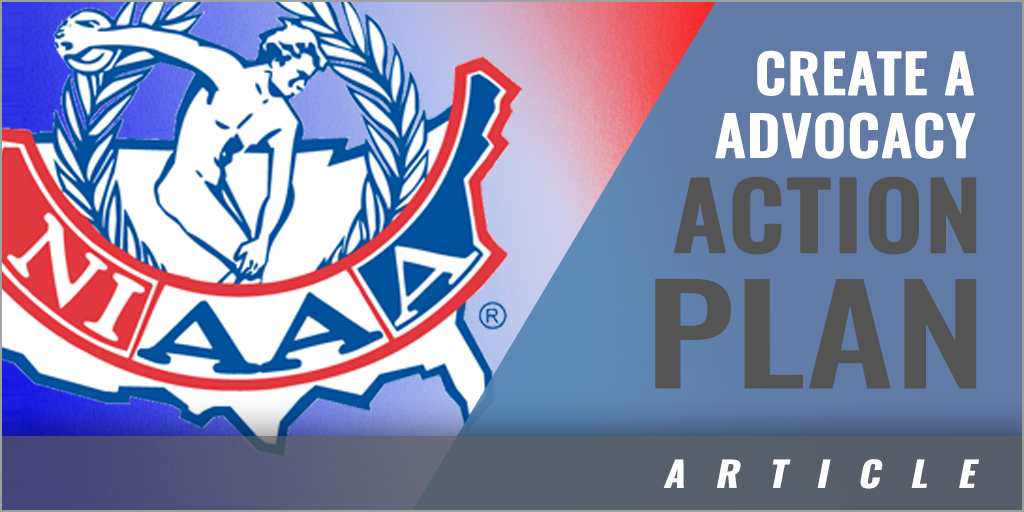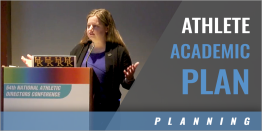|
By: Dr. Jeffrey Sullivan, CMAA - Montgomery County Public Schools Athletic administrators and programs continue to face fiscal challenges, as schools and school districts navigate budget shortfalls, inflation, and conflicting interests. These challenges have been amplified in the wake of the COVID-19 pandemic, as many federal and state funding sources have ended, resulting in tough budget decisions for leaders. Additionally, athletic administrators and budgets must overcome a common perception that athletics, clubs, and other after-school activities are "extra" and should be prioritized only when convenient. However, the benefits of athletics and extracurricular activities to academic performance, persistence to graduation, and the well-being of students are well documented in research. These outcomes can serve as a solid foundation for athletic administrators when advocating for additional resources in their athletic departments. No different than preparing for a practice or game, a strategic action plan and process must be used to effectively advocate for resources, especially when navigating conflicting interests, shortfalls, and personalities. Prior to advocating for a specific resource or initiative, it is important to conduct an analysis of the current state of resources and funding and establish goals and priorities.
Once an initial analysis is completed and priorities have been established, a specific advocacy action plan can be developed and implemented. A sample Advocacy Action Plan Top 10 Template is outlined below and available at this QR code:
Advocacy Action Plan Top 10 Template - Game Plan for Success:
Pitfalls to Avoid
Grant Funding Winning Action Plans
In closing, as athletic administrators, we should be resilient and prepared to learn, lead, and leverage our way to successfully advocating for additional resources for our student-athletes, coaches, and programs. This process is accomplished through proactive planning, successful implementation, positive relationship building, and effective communication. By bringing additional resources to our programs, we serve as champions for our student-athletes and raise the standard of excellence in our schools and communities. ABOUT THE AUTHOR: Dr. Jeffrey Sullivan, CMAA, is the director of systemwide athletics for Montgomery County Public Schools in Maryland. He can be reached at Jeffrey_K_Sullivan@mcpsmd.org. |







